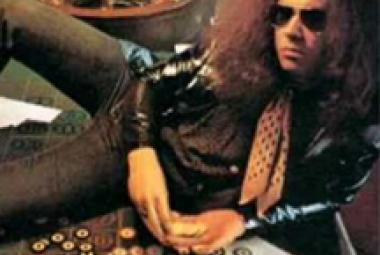Gabor Szabo and Bobby Womack – High Contrast
Gabor Szabo and Bobby Womack – High Contrast (1971): The album cover for High Contrast identifies the recording artist only as Gabor Szabo, but the record labels list both him and Bobby Womack. Allmusic describes High Contrast as “a truly wonderful early exercise in highly polished, funky jazz”. I didn’t know who Gabor Szabo was when I got this album, but I was somewhat familiar with Bobby Womack, so I went for it.





